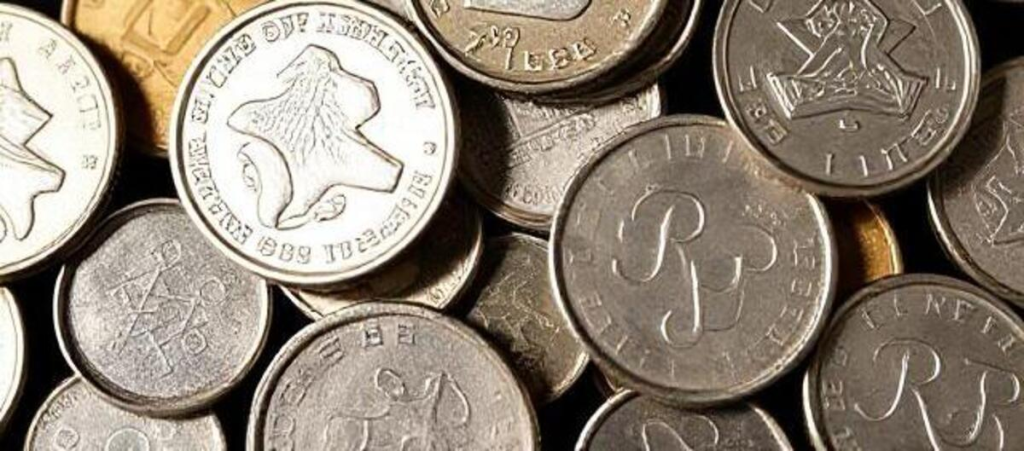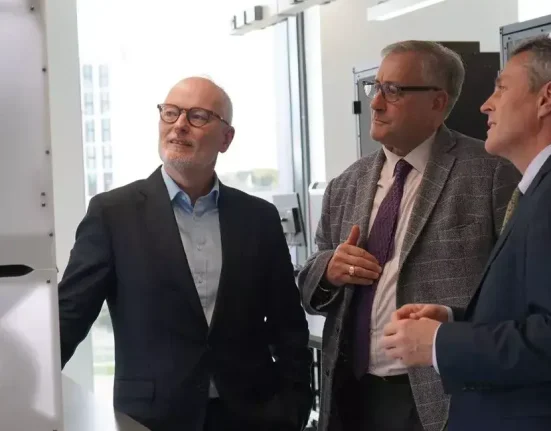Some market observers see the current financial system as potentially in a bubble that, upon bursting, will make the 2008 financial crisis look like a picnic. Let’s hope they’re wrong.
In this climate of fear and uncertainty, gold is the go-to right now as investors bank on the precious metal to protect their wealth amid the choppy waters caused by factors including US tariffs.
So where does this leave silver?
Silver is a monitory and industrial metal that very often goes under the radar as part of a diverse investment portfolio. That’s probably due to its volatility. It tends to seesaw. But there are a few fundamentals to silver that make it an investment vehicle that, if ignored, could prove costly.

Silver’s back-story
An attempt to stop coin clipping and bullion smuggling in the late 17th Century saw Sir Isaac Newton set the gold to silver ratio at 1:15.5. That is 15.5 ounces of silver to be the equivalent monitory value of one ounce of gold.
At time of writing, the current ratio stands at just under 1:100 with the spot gold price at £2,460 and silver at £24.70.
Taking into account the market manipulation of precious metal pricing and the modern industrial demand for silver sky-rocketing, while production drops substantially, a correction back to Newton’s ratio would see silver at around £164 per ounce. That’s an increase of around 700%.
Silver is a very useful industrial metal
Silver as an industrial metal has the highest efficiency for conducting electricity and is therefore used in many highly engineered technological products. For example, the Tomahawk missile contains around 15kg of silver as the physical backbone of its electrical circuitry.
More commonly, the photovoltaic cells which make up solar panels and components for batteries in electrical vehicles are made from silver, two uses set to grow in future.
Invest in paper or the real thing?
With tens of trillions of over-inflated fiat currencies circulating around the globe at the moment, the intelligent investor should consider adding tangible assets to their portfolio. The GLD and SLV Exchange Traded Funds (ETS’s) trade in nothing more than over-hypothecated paper contracts of the two precious metals, meaning that when the music stops playing in this next round of financial musical chairs, lots of investors are going to find themselves without a seat, fully relieved of any capital invested.
Note: This is the view of this columnist and not to be taken as independent investment advice.







